Bahucharaji Mata is one of the many ‘avatars’ of the Shakti goddess which is worshipped in Gujarat. She is depicted astride a rooster and is one of the important Shaktipeeths in Gujarat.
Goddess Bahucharaji is considered to be the primal deity of the transgender community of India. Legend has it Bahucharaji was a daughter of Bapal Detha of the Charan community. She and her sister were on a journey in a caravan when a marauder named Bapiya attacked them. Bahuchara and her sister killed themselves by cutting off their breasts. Bapiya was cursed and became impotent. The curse was lifted only when he worshipped Bahuchara Mata by dressing and acting like a woman.

A number of myths abound in the region associated with this; prominent among them are the myths of Arjuna and Sikhandi of Mahabharat.
The perfect curse
Table of Contents
After the 12 years of exile, the Pandavas and their wife, Draupadi had to spend an additional year in exile but incognito without detection. At this time, a long pending curse on Arjuna came of help. Arjuna was cursed for refusing the amorous advances of Urvashi.
She had cursed him to become a ‘kliba’, one of the third sex. For the thirteenth year, this was the best disguise for Arjuna.
Before the Pandavs proceeded towards the kingdom of Virata, Arjuna is supposed to have visited Bahucharaji. It is here that he hid his weapons in a thorny tree called the Sami tree in nearby Dedana village and became what is known as a ‘Brihannala’, a professional dancer and musician trained by ‘gandharvas’ or celestial beings. He transforms himself into a ‘kliba’ at Bahucharaji, before proceeding for the Kingdom of Virata. On every Dasara day this tree is worshipped, and the ritual is known as ‘Sami-pujan’.
Related reading: 7 forgotten lessons on love from the greatest Hindu epic Mahabharata
Strength to Sikhandi
The story of Sikhandi is well known. Sikhandi was the son of King Drupad and was Princess Amba in his previous birth.
Sikhandi was not a man in the sense of having masculinity. So Sikhandi is moving around in despair to attain masculinity to take part in Kurukshetra, as he had to fulfil his wow of killing Bhishma. Dejected, he came to Bahucharaji. In this region lived a Yaksha by the name of Mangal. When the Yaksha saw Sikhandi, who was miserable and crying and pitiful, he asked him what was wrong. Sikhandi told him his story and how he wanted to be a man and avenge the insult heaped on him in his previous birth.
Hearing all this, the Yaksha took pity on Sikhandi and decided to trade genders with Sikhandi, till he achieved his objective.
It is said that from that day onwards, this place got its importance as a place where lost masculinity can be gained.
Related reading: It is unbelievable how Achilles’ gay relationship changed the course of the Trojan war
The secret boy
Raja Vajsingh was from Kalri village and ruled 108 villages of Chuwala. He was married to a princess Vagheli of Vijapur taluka’s Vasai village. The king had other wives too, but unfortunately was not blessed with a child. When this princess conceived and a child was born in the middle of the night it was a girl child. The queen decided to keep this a secret and conveyed to the king through her maid that she had delivered a boy.
The queen always dressed the child, named Tejpal, in male costumes and took all the ladies around in confidence and sustained this secret till the child was of a marriageable age. Soon Tejpal was married to the princess of Chawada, of the kingdom of Patan.

After marriage, it didn’t take the princess too long to learn that Tejpal was not a man. The princess was very unhappy and returned to her mother’s home. On enquiring she told her mother the truth and the news reached the king.
The king decided to find out the truth for himself and sent an invitation to Tejpal, to visit them for ‘fun and food’.
Based on this invitation, 400 people all dressed up in ornaments and finery came to Patan along with Tejpal.
When the food was being laid the king of Patan suggested that Tejpal took a bath before dining and since he was the son-in-law, he would organise a royal bath for him with a rubbing by his choicest of men.
Tejpal was worried at the thought of a bath in the presence of men and when he was forcibly being taken for a bath, he removed his sword and ran away on a red mare.
Related reading: Who Enjoys Sex More – Man or Woman? Find the Answer in Mythology
The transformation
Tejpal fled and rode off on his mare to a dense forest on the outskirts of Patan. Unknown to Tejpal, a bitch had followed him from the kingdom and when they reached the middle of the forest (referred to as Boruvan) it was evening. Tired and thirsty, Tejpal stopped near a lake ( in the present day location of Mansarovar). The bitch that was following them jumped into the lake to quench its thirst and when the bitch came out it had turned into a dog.
Surprised, Tejpal sent his mare into the water and soon it came out as a horse. He then took off his clothes and jumped into the lake. When he came out all signs of being female had disappeared and he had got a moustache! Tejpal was truly a man now!
Tejpal spent the night there and next day morning left the place after he had made a mark on a tree (now the famous Varakhedi Tree on the temple premises).
Later, along with his wife and in-laws, Tejpal went to the Varakhdi tree, and constructed a temple and installed an idol in honour of Bahucharaji. This Varakhdi tree today is a major place of reverence.
Needless to say, this legend adds credence to Bahucharaji’s association with those who lack masculinity. She is thus referred to as ‘purushattan denari’, giver of masculinity, in local hymns and bhajans.
Forced into marriage
According to more folklore, Bahuchara was given in marriage to a prince who never spent time with her. Instead, he would go to the jungle every night on his white horse. One night Bahuchara decided to follow her husband and find out why he never came to her. To keep up with his riding pace, she took a rooster and followed her husband into the jungle. There she discovered that her husband would change into a women’s dress and spent the whole night in the jungle behaving like a woman.
Bahuchara confronted him; if he was not interested in women, then why did he marry her? The prince begged her forgiveness and said his parents had forced him into marriage so that he could father children. Bahuchara declared that she would forgive him if he and others like him worshipped her as a goddess, dressed as women. From that day onwards all such people worshipped Bahucharaji to seek redemption from this biological anomaly in their next lives.
Another important lore concerns a king who prayed before Bahuchara Mata to bless him with a son. Bahuchara complied, but the prince Jetho, who was born to the king, was impotent. One night Bahuchara appeared to Jetho in a dream and ordered him to cut off his genitals, wear women’s clothes and become her servant. Bahuchara Mata identified impotent men and commanded them to do the same. If they refused, she punished them by arranging that during their next seven births they would be born impotent.
The significance of the deity to the community is such that even the Muslim eunuchs respect her and participate in the celebrations and certain functions held at Bahucharaji.
Related reading: Oh My God! A take on Sexuality in Mythology by Devdutt Pattanaik
The giver of masculinity
A rooster is seen as a virile bird and extremely productive. In the olden days, it was masculine to be progeny-productive, irrespective of age, and a rooster has a unique space amongst the birds/animals. Bahucharaji is also the goddess who is the giver of masculinity to those who are deprived of it. In this context, the significance of a rooster as the carrier of the goddess is not at all surprising.
The image of the goddess astride a rooster can also be interpreted as the subjugation of male power – the power of aggression, in the hands of a woman. It can be interpreted as an effort to establish the concept of woman supremacy. The cult of Shakti has always been seen as feminine power and supremacy. Could this be a fantasy of the primeval artists who would have first visualised the goddess’s image? Could this be a subjugated woman’s moment of pride? Her revenge on her master, the male?
Related reading: Sperm Donors in Indian Mythology: Two stories of Niyog you Must Know
I don’t know how my life will end because I’m Muslim and gay
Your contribution does not constitute a charitable donation. It will allow Bonobology to continue bringing you new and up-to-date information in our pursuit of helping anyone in the world to learn how to do anything.
Ask Our Expert
You must be Logged in to ask a question.

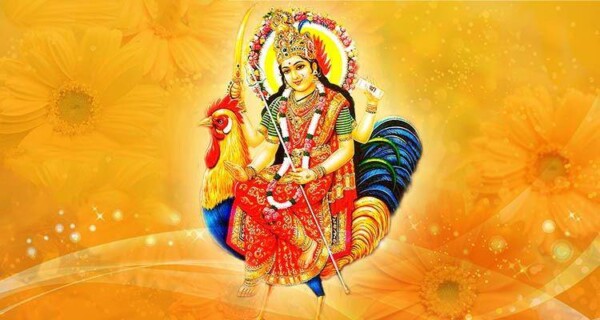



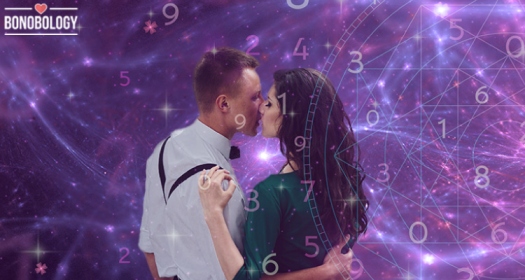
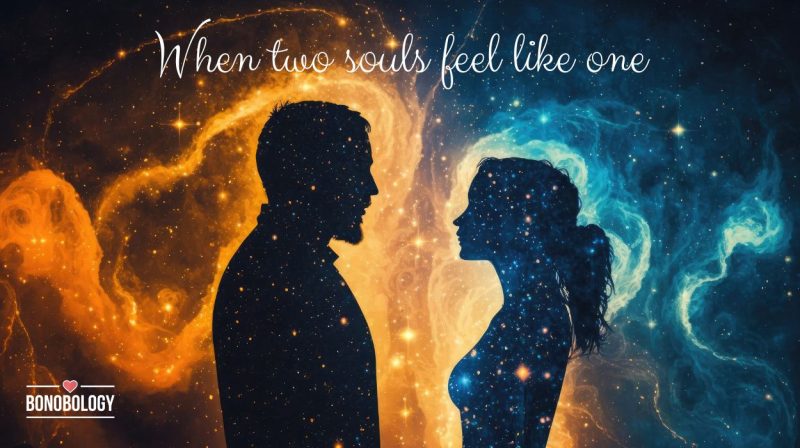

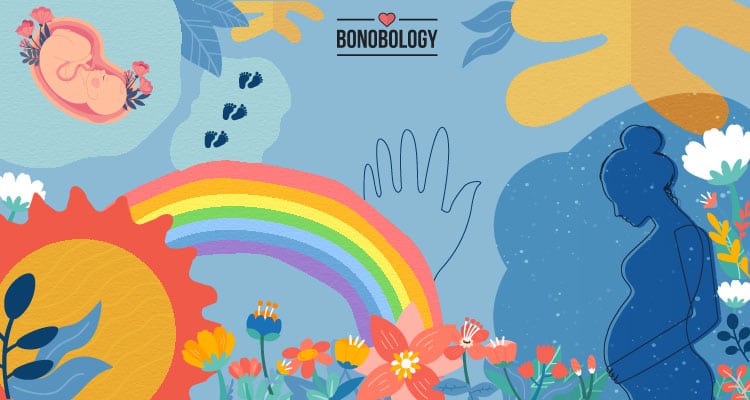



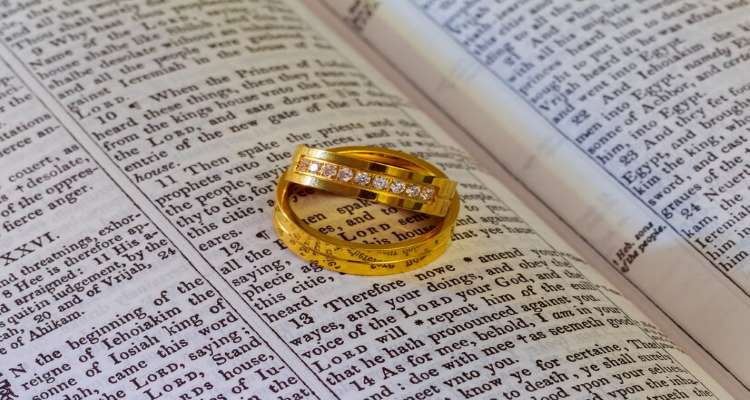

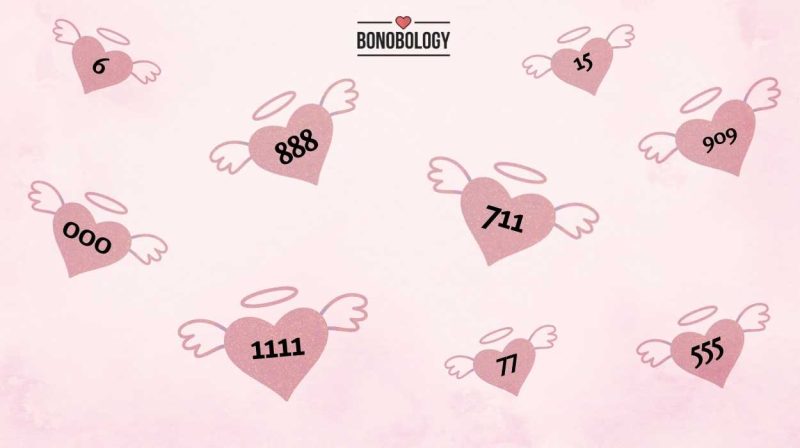







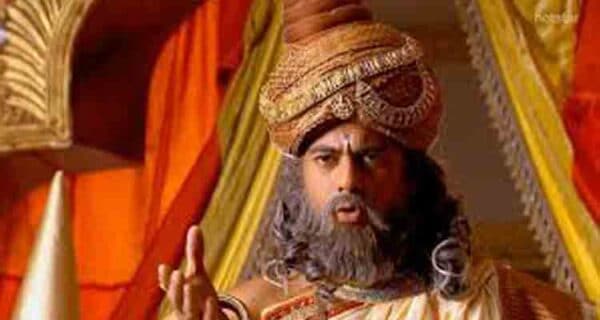
I believe in bahuchara mata but why people are not taking as serious script in mahabharata, on telivision shows we don’t see such stories, this is not fair.
Television is for entertainment and these myths and stories can only be the basis of creating fiction. Often, popular entertainment and the understanding of the production houses gets priority as against good stories or authentic myths. It’s a trade-in where authenticity gives way to popularity.